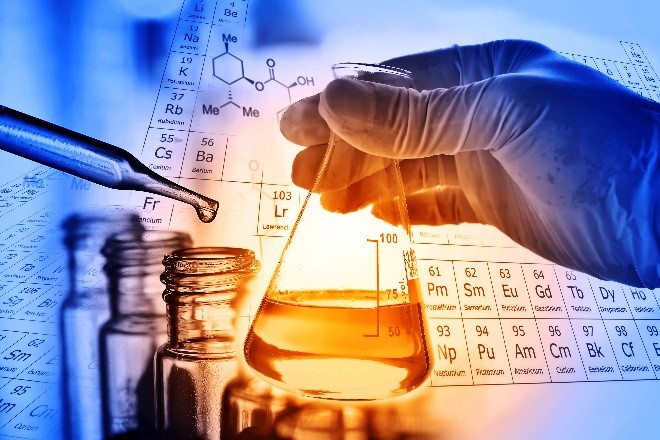A transformer is an electrical apparatus intended to alter current from one voltage to another. It can be designed to "step up" or "step down" voltages and works on the magnetic induction principle. Transformer Oil helps cool the Transformer.
Factors like electrical stress or chemical adulteration shall result in failure of the transformer and reduce the transformer’s life.
PURPOSES OF TRANSFORMER OIL
- Deliver dielectric strength of the insulation system.
- Deliver efficient cooling.
- Safeguard the transformer’s core and coil apparatus from chemical attack.
- Avoid the accumulation of sludge.
DETORIATION ASPECTS OF TRANSFORMER OIL
Transformer Oil is used to both cool the transformer and to insulate internal components. Since it washes every internal component, the oil contains a great amount of diagnostic information. Analysis of this transformer fluid can offer advance warning of emerging conditions such as contamination and ageing. Complications with the Transformer can be caused by various factors as mentioned below:
- Corrosion due to the accidental leakage of water
- Weakening due to the chemical decomposition.
- Worsening due to the oxidation.
- Corrosion due to the contamination by gases.
- Weakening due to the electrical stresses.
- Weakening due to the thermal stresses.
- Worsening due to the effect of oxidation products.
- Decline due to the physical contamination.
- Weakening due to breathing action
SOLUTION TO THE TRANSFORMER NEEDS:
Analysis of the Oil as per the below Tests can describe a lot about the condition of Transformers:
- Moisture analysis – IEC 60814
- Wear metal analysis – ASTM D5185
- Dielectric breakdown – IEC 60156
- Interfacial surface tension (IFT) – ISO 6295
- Dissipation factor and resistivity (DDF) – IEC 60247
- Dissolved gas analysis (DGA) – IEC 60567 and IEC 60599
- Sediment and sludge – AS 1883
- PCB tests – ASTM D4059
- Furan analysis – IEC 61198
- Corrosive sulfur test – ASTM D1275B
- DBPC analysis ASTM D4768
- Density – ASTM D4052
- Viscosity – ASTM D445
- Acidity – IEC 60296
- Oxidation – IEC 61125
- Flash point – ASTM D3828
- Pour point – ASTM D97
- Particle count – NAS 1638 & ISO 4406
Also, it is observed that insulating liquids/Transformer Oils tend to get contaminated because of the aging processes; in the case of aged transformers, we have to check the oil’s dielectric quality.
To sum up, in the current world, where we depend on the electrical installations to such an enormous extent, we cannot afford to just wait for a breakdown to occur; the magnitudes of such negligence are often devastating and result in substantial financial losses. It is then in the immediate interest of those operating electrical devices to conduct timely preventive maintenance and make sure all the elements of their equipment are in perfect working order.
TUV INDIA helps you determine the Operating Efficiency of your Transformers. Our State of art full spec. Petroleum, Petrochemicals & Gas Testing Laboratory at Jamnagar with ISO 17025:2017 (NABL) Certified Laboratory.
HAPPY TRANSFORMING !!
About Author

TUV India Pvt Ltd
TÜV NORD GROUP
pcgindia@tuv-nord.com
